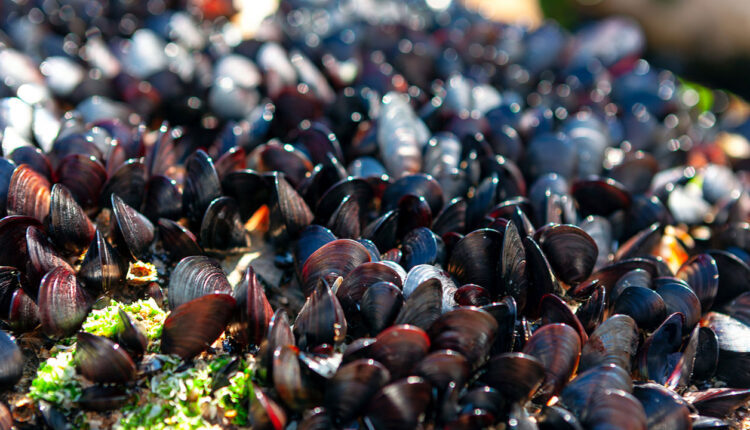
Is Mercury from Dental Amalgam Polluting Britain’s Fish?
Mercury from dental amalgam may be contributing to toxic contamination in Britain’s rivers and coastal waters, with nearly all tested fish exceeding safe mercury limits. As global leaders prepare to debate a full phase-out of mercury fillings, Britain faces growing scrutiny for failing to keep pace with international restrictions.
New research is renewing debate over whether mercury from dental fillings is partly to blame for Britain’s alarmingly high levels of mercury pollution in fish and shellfish. The findings reveal that more than 98% of fish and mussels tested in English waters contain mercury levels above proposed European Union (EU) safety limits, prompting environmental groups to call for a national ban on mercury-based dental amalgam.
Mercury is a potent neurotoxin that affects the nervous, immune, and digestive systems and can accumulate in the food chain as methylmercury, posing significant danger to developing fetuses. While more than 40 countries, including all EU nations, Norway, and the Philippines, have already banned or phased out mercury amalgam, Britain remains one of the last holdouts. Northern Ireland has committed to eliminating mercury fillings by 2035, but no such plan exists for England, Scotland, or Wales.
The chief source of mercury from dentistry is cremation, when vaporized metal from dental fillings is released into the atmosphere and eventually settles into waterways. According to the United Kingdom Environment Agency, crematoria are the nation’s second-largest source of airborne mercury emissions, surpassed only by fuel combustion.
In the United States, similar concerns have led to tighter regulations on amalgam waste and the adoption of amalgam separators in dental practices to reduce environmental discharge. Many states are also supporting the shift toward mercury-free restorative materials. Click here to read more.

